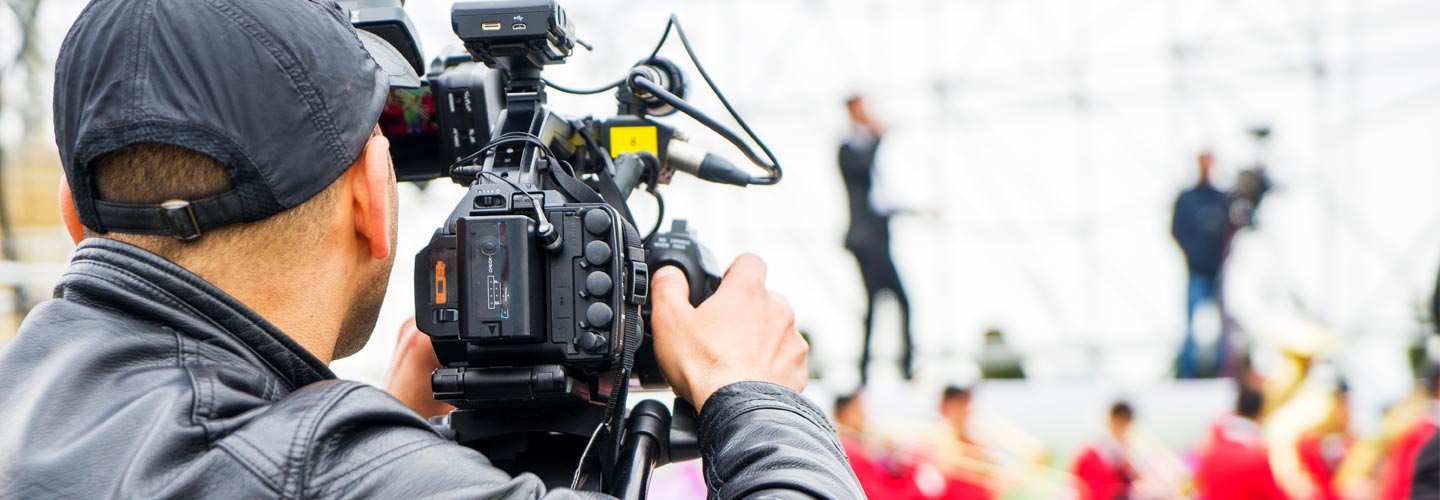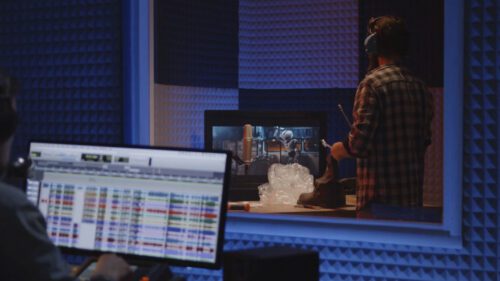Editorial content is often used to enhance news stories or provide commentary on human interest pieces. While it’s not cleared for commercial use, news publications and programs rely on editorial stock to augment reporting.
But how do you decide what to shoot? What are the best practices for execution? To answer these questions, we’ve compiled a resource guide with some tips for creating a successful editorial shoot.
Pre-production, Research, and Planning
In contrast to planning a commercial shoot, not all of the nuts and bolts of an editorial shoot can be planned. But that doesn’t mean that pre-production should be overlooked. Pre-production can be just as important in editorial as it is in commercial shoots. Start by creating a gear list with backup equipment. This will ensure that you’re ready for anything (because there’s always something that doesn’t go as planned).
You may have less lead time to be on location, so prepping for your shoot is crucial when time is tight. Preparation also pays off when your battery dies and you have a couple of back-ups. Triple check all of your gear to make sure everything is operational, charged, and ready to go. Don’t forget to create a schedule and research the timing of your events–this is an essential step that could mean the difference between a successful and a not-so-successful shoot.
When researching what to shoot, think about editorial content that will have a longer shelf life. For example, shoot content that can be news-relevant in the future, or content that can be purchased for many different purposes. Some editorial content does have a shelf life, though, so try to keep expenses low. When traveling, plan multiple shoots in nearby locations and limit your gear list to the essentials.
Get the Right Gear
The right gear can help you improvise when optimal shooting conditions are not available. Mobile stabilization–whether by a tripod, gimbal, or portable monopod–can improve a shot and keep the focus on the subjects.
More often than not, camera audio alone won’t make the cut, so set yourself up for success and get a reliable directional mic. The right equipment will do wonders for your audio quality and will make your content more appealing to buyers.
Respond to Changes As They Unfold
In the chaos of filming live events, it’s easy to get swept up in the excitement. When looking for a subject to film, don’t forget the point of the shoot: you’re here to tell a story.
Editorial shooting is supposed to capture natural and genuine moments. Don’t interfere with the subjects or disrupt the flow just to get a shot. Tampering with a scene often results in a compromised video.
Whether you’re filming a demonstration, awards ceremony, or conference, editorial shoots can take anywhere from a few minutes to several hours. Be patient and wait for your moment! You’re here to capture the emotion of the event. Allow things to play out and position yourself to capture the action as it unfolds.
Find Your Balance: Speed & Quality
Critique your own work and make the right selections for editorial buyers. Remember, your work can be purchased for news segments, documentary productions, or other non-commercial, news-relevant commentaries. Keep these audiences in mind for both the shooting and editing phases of production.
The ability to make quick editing decisions is just as important as making rapid judgment calls in the field. Since some editorial content is time-sensitive and needs to get online immediately, be your own critic, work efficiently, and submit your best work. But don’t get bogged down in the small details–when it comes to breaking news, time is money.
Credit: rickray
Focus
There’s a common theme to all of these tips—focus. Prep as much as possible and keep your end goal in mind during the actual event. Even when things don’t go as planned, always remember that you’re filming a story. Do what you can to achieve your filming goals and don’t interfere with the scene. During the editing process, keep your audience in mind and think about what they’ll be looking for when search for content.
Creating editorial content can be challenging and invigorating all at once. Luckily, if you plan well and go with the flow, you’ll be in the best position to earn.



